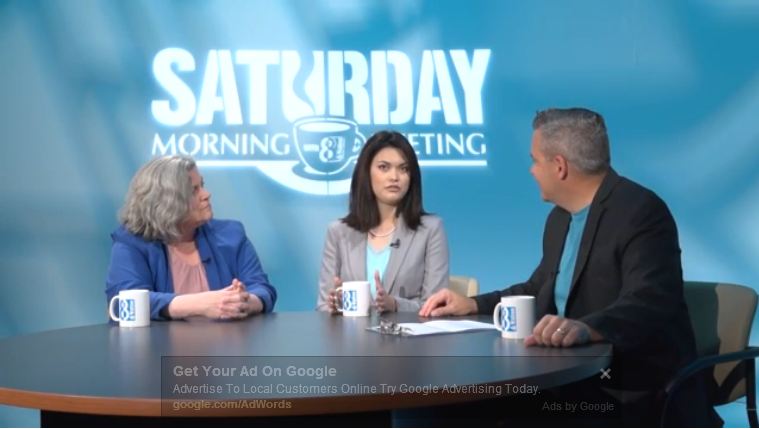Rebecca and Rosie joined Andy Schuch of 8th & Walton on 8th & Walton’s Saturday Morning Meeting for Suppliers. 8th & Walton is a training and consulting company for Walmart suppliers, so they asked us about the kinds of social media mistakes a supplier can make.
We were able to reflect on our experience with this population and make a list, but Walmart suppliers aren’t the only businesses making errors in social media marketing. This list makes a good check up for any company using social media for marketing, customer service, or brand awareness.
We think this information is relevant for CPG companies and other sales-oriented organizations in general, so we’d like to share it with you.
What are the six mistakes? Follow the advice below and you can avoid all six.
- Social media strategy is not one size fits all. You have to consider the way your client interacts with your product on various social media platforms. People on Facebook will browse through shoes and click through to see recipes, but they probably won’t chat about printer ink cartridges. What’s more, that article you read saying that Pinterest is the new Twitter, Facebook is dead, and Snapchat is a must for business — make sure their data applies to you, your product, your resources, and your target market.
- You can’t control the conversation. Brands never have been able to control the conversation, but social media causes some brands to try, sometimes with disastrous results. You can join in, and you can make sure that your contributions convey the brand image you want to convey. That’s more than you can do with conversations about your brand that take place around the pool.
- Respond well to negative comments. Practically every brand will face negative comments. Have a plan for how to respond. Hint: the plan should not include either complete with withdrawal from social media or a counterattack. Read more on how to respond to negative comments.
- Track your results and use that data. With proper tracking, you can see the types of posts that bring you the results you want. You can do more of them and get more of those results. Without analytics, you’ll make decisions on the basis of small samples, like the three comments you noticed one day at Facebook.
- Your strategy can’t be “set it and forget it.” Social media changes quickly. What’s more, your initial strategy is probably based on some hypotheses. Once you have data to confirm or disprove your hypothesis, you need to adjust your strategy. And then be alert to changes in circumstances that call for a further change in strategy.
- Consider the path to purchase. Social media is an important part of the 21st century path to purchase, which typically includes research and checking trusted advisers’ opinions. It’s the new word of mouth, an important way to engage customers and develop relationships that will keep you top of mind when customers need your product, and a way to increase awareness enough that ad-averse consumers will happily accept your ads and promotions. It’s more complicated than seeing a promotional tweet and clicking through to buy your product.
“So you guys are kind of counselors,” Andy joked at one point. We’ll accept that, as long as we can think of counselors with data and strategy.


Leave a Reply